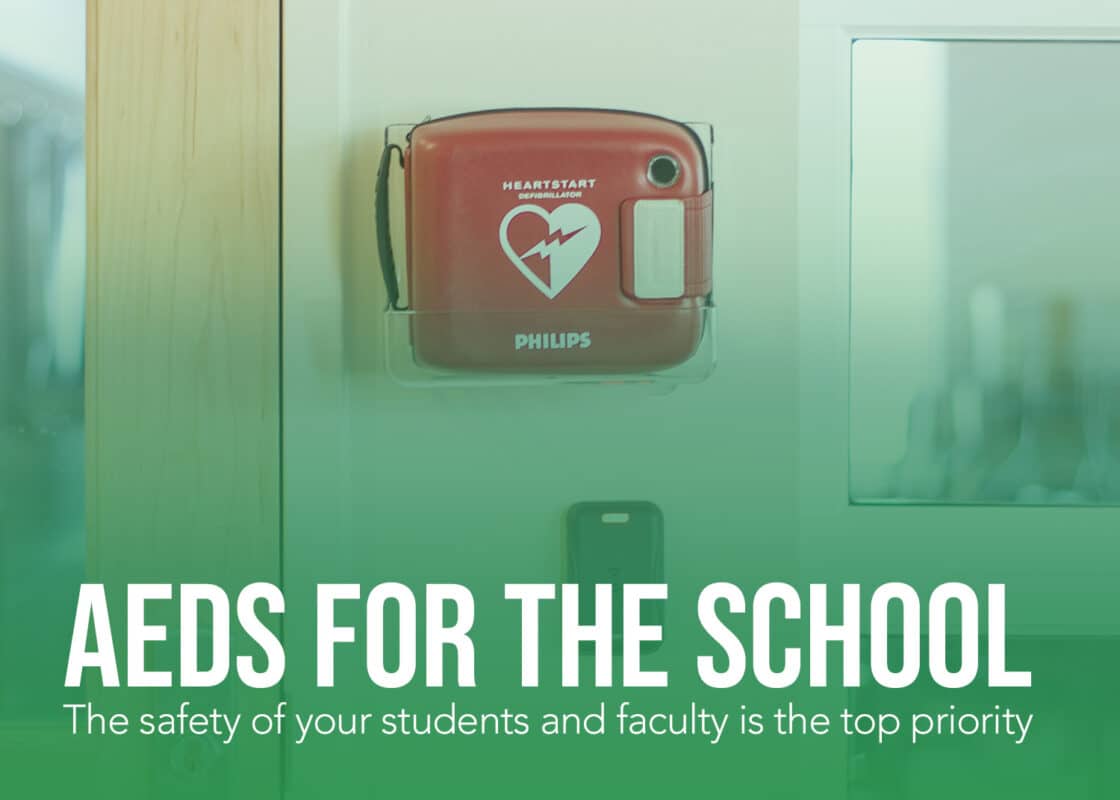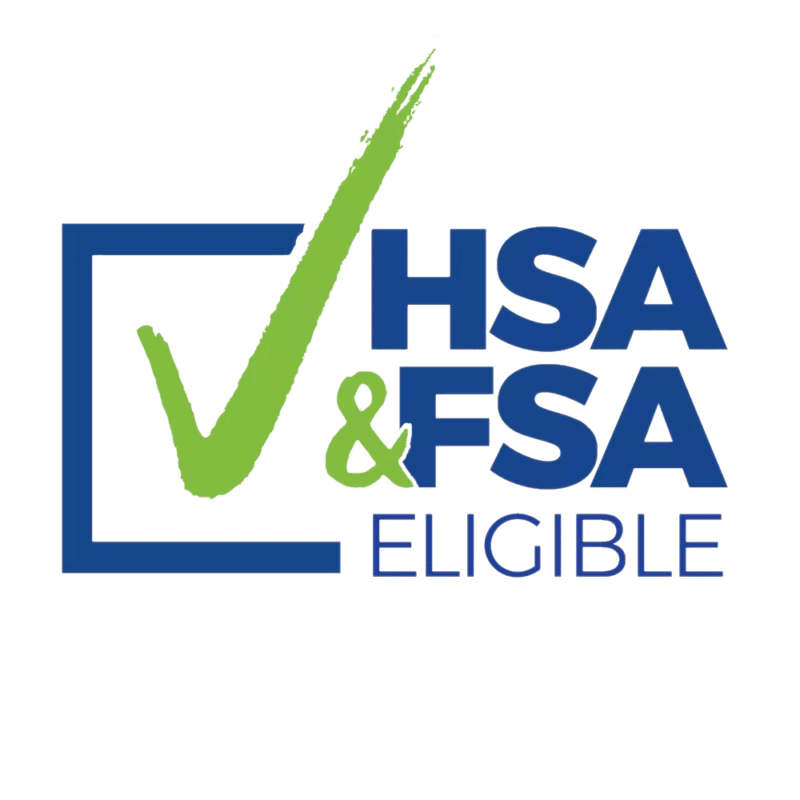AED Packages, AED's
What Are the 5 Benefits of an AED for Schools?
Automated External Defibrillators (AEDs) have become increasingly recognized as vital safety tools in various public settings, and schools are no exception. The presence of AEDs within school premises significantly enhances the overall safety of students, teachers, and staff by providing immediate life-saving intervention in the event of sudden cardiac arrest (SCA). Given that cardiac emergencies can happen without warning—even in young people—AEDs serve as a crucial safeguard, helping to preserve lives during critical moments before professional medical assistance arrives.
Schools are environments where children and adults engage in vigorous physical activities, ranging from sports to daily routines, which increases the likelihood of cardiac incidents. Having an AED readily accessible ensures that trained personnel or even trained bystanders can act swiftly, dramatically improving survival rates. This proactive approach to health and safety fosters a safer educational environment for all occupants.
Increasing Survival Rates in Cardiac Emergencies
One of the most compelling reasons of AED for schools to invest is the proven impact these devices have on survival outcomes during cardiac emergencies. Sudden cardiac arrest is a leading cause of death in many countries, and every minute that passes without defibrillation reduces a person’s chance of survival by approximately 7-10%. Immediate defibrillation combined with cardiopulmonary resuscitation (CPR) increases the odds of survival by up to 70%.
By having an AED on-site, schools can bridge the critical time gap between the onset of cardiac arrest and the arrival of emergency medical services (EMS). The device’s automated nature allows even non-medical individuals to operate it safely and effectively, delivering a shock to restore normal heart rhythm. This rapid intervention is often the difference between life and death, underscoring the essential role AEDs play in emergency preparedness within educational institutions.
Promoting Awareness and Preparedness in the School Community
The installation of AEDs in schools not only provides a direct safety benefit but also promotes a culture of health awareness and emergency preparedness among students, faculty, and staff. Training programs associated with AED use often include CPR education and general first-aid awareness, empowering the school community with critical skills that extend beyond the classroom.
Such initiatives increase confidence among students and staff to act decisively during emergencies, reducing hesitation and panic. Schools that embrace AED training create a more vigilant environment where everyone understands the importance of rapid response to cardiac events. This culture of preparedness has broader benefits, instilling lifelong health and safety skills that students can carry into adulthood and share with their families.
Meeting Legal and Regulatory Requirements
Many regions and educational authorities are beginning to require or strongly recommend AEDs in schools as part of broader health and safety regulations. Compliance with these legal mandates helps schools avoid penalties while demonstrating a commitment to student welfare. In some jurisdictions, the presence of AEDs may be mandatory for schools hosting sports events or physical education classes due to the increased risk of cardiac incidents in active environments.
Installing AEDs also aligns schools with best practices advocated by medical and educational organizations. Proactively addressing cardiac safety through AED availability ensures that schools are prepared to meet emergency situations in accordance with established guidelines. This readiness reflects positively on school administrations, reassuring parents and the community that student health is a top priority.
Cost-Effective Investment in School Safety Infrastructure
While the initial investment in AED units and associated training may seem substantial, it is a cost-effective strategy when considering the value of lives saved and potential liability avoided. AEDs are designed to be durable, easy to maintain, and long-lasting. With proper upkeep, a single device can serve a school for many years, providing continuous peace of mind.
Moreover, the financial implications of failing to have an AED available during an emergency—ranging from medical costs to legal consequences—can far outweigh the upfront costs. Many AED suppliers offer packages that include installation, training, and ongoing support, making it easier for schools to integrate these devices into their safety infrastructure efficiently.
By investing in AEDs, schools not only protect lives but also safeguard their reputations and financial stability. This makes AEDs a prudent and responsible addition to any school’s safety protocols.






